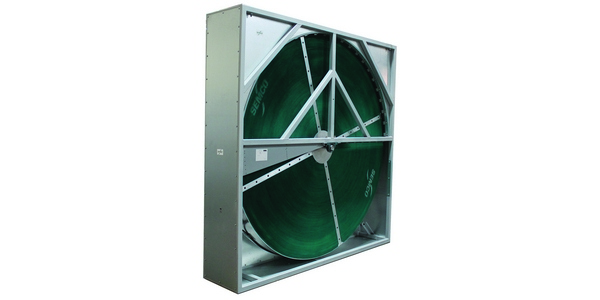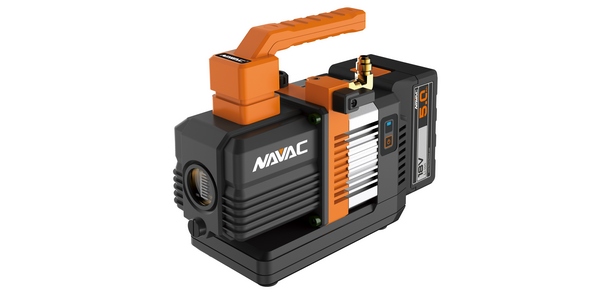SEMCO Celebrates True 3Å Total Energy Wheel’s Anniversary, Environmental Impact

COLUMBIA, Mo. – SEMCO LLC is celebrating the 30-year anniversary and environmental impact of its True 3-angstrom Total Energy Wheel used in commercial, institutional and industrial facility HVAC systems for the purposes of indoor air quality enhancement and energy savings.
Introduced and patented in 1987 under U.S. patent number 4,769,053, the True 3Å Wheel’s combination of a proprietary 3A molecular sieve desiccant coating on a durable fluted aluminum wheel revolutionized sensible and latent heat transfer in the HVAC industry. Previously, the industry was dominated by energy wheels constructed of asbestos paper, metal mesh or aluminum employing non-selective desiccants, such as aluminum oxide or silica gel.
Since inception, the True 3Å Wheel has saved SEMCO customers an estimated 565 trillion Btu and reduced carbon emissions by more than 32 million tons, which is 13 times the amount of emission savings provided annually by all of the electric cars sold in the U.S. to date.
Another example, John Hopkins University School of Medicine has installed dozens of True 3Å Wheels in its Baltimore, Maryland laboratory facilities over the past 20 years, which have provided for more than $100 million in total energy and infrastructure savings—enough to have paid for 1.3 research buildings, based upon analyses completed by the owner’s consultant. Furthermore, the substantial reduction in chiller size and operating hours due to the True 3Å Wheel, have saved an estimated 256 million gallons of water at the central cooling towers.
Research has shown some energy wheels (including some 3A brands) transfer as much as 50 percent of exhausted contaminants back into the space, which requires up to an additional 70 percent of outdoor air to achieve the same level of air quality intended by ASHRAE Standard 62. The increased outdoor air needs conditioning, which defeats the goal of energy efficiency. However, the True 3Å Wheel’s contaminant transfer is undetectable and needs no additional outdoor air, according to the 2004 third-party research report, “Total Recovery Desiccant Wheel Pollutant Contaminant Challenge: Ventilation Effectiveness Comparison,” conducted by the Georgia Tech Research Institute, Atlanta, and co-funded by the U.S. Department of Energy.




